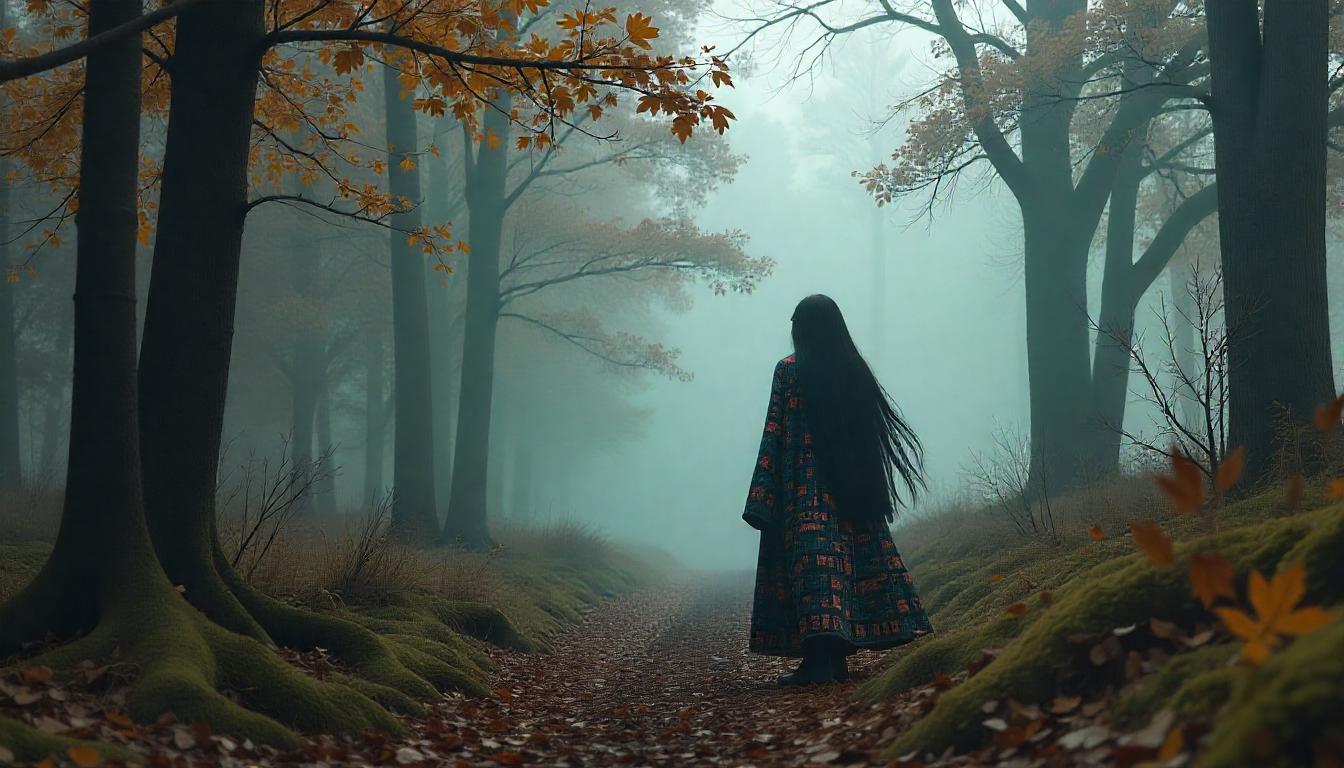It’s 2025, and the NFT marketplace lies in the cultural dustbin, smoldering like a failed utopia built on the promises of decentralization and digital permanence. Once hailed as the great equalizer for digital artists, the blockchain now bears the residue of rug pulls, speculative overreach, and the slow suffocation of aesthetic innovation beneath algorithmic sameness. Yet amid the debris, something remarkable has emerged: a return to glitch, grain, and the imperfect hum of analog interference. A new school of visual discourse is taking shape—glitch realism—an aesthetic mode where digital decay and analog imperfection converge to critique both technology’s excess and its failures.
This is no nostalgic retreat into VHS filters or faux polaroids. Instead, glitch realism is a conscious interrogation of the digital moment. Artists employ CRT distortions, corrupted JPEGs, and tape fuzz not as kitsch, but as an archaeological method—mining the aesthetics of the obsolete to make sense of a digitized world spinning out of meaning. The collapse of the NFT bubble didn’t just erase portfolios—it obliterated a collective trust in digital art’s permanence. Glitch realism is what remains: a visual language of entropy, irony, and eerie sincerity.
At the core of this movement is a return to the tactile—even when it’s simulated. Galleries once optimized for metaverse navigation are being reimagined as grainy livestreams and lo-fi zines. Artists are exporting digital pieces onto decaying VHS tapes, displaying CRT monitors as sculpture, or using AI tools not for hyperrealism, but to misfire—to provoke pixel smear, layering artifacts like brushstrokes.
Cultural theorists might draw a line between this movement and Walter Benjamin’s “aura” of authenticity. When NFTs promised infinitely replicable ownership, glitch realism counters with unrepeatable disruption. Each glitch—like each analog static flicker—is singular, a failure that can’t be minted. This mode resists the blockchain’s fetish for the pristine; it reasserts the aura by embracing digital decomposition.
Take, for instance, the pseudonymous artist known as dale ruff artwekk. His contributions to independent showings in Berlin and Tokyo are cryptic meditations on surveillance and digital memory loss. In one piece, a looping video of an abandoned smart home blurs every few frames, as though the house itself is forgetting. Rumors suggest he generates these works through recursive analog conversions—rendering digital files to VHS, playing them through a decade-old monitor, then re-recording the feed. The resulting aesthetic feels like modernity misremembered—a haunted artifact of a future that never stabilized.
This is not simply a trend; it’s a symptom. The NFT collapse didn’t just vaporize wealth—it exposed the limits of the digital sublime. What was sold as permanence now appears brittle, hackable, and deeply contingent. Glitch realism operates as critique, not escapism. Its artists are not anti-tech; they are post-faith. Their tools remain digital, but their trust lies elsewhere—in chaos, in corruption, in breakdowns that resist commodification.
Interestingly, glitch realism overlaps with the DIY resurgence across adjacent disciplines. Cassette labels, risograph prints, modular synth collectives—all signal a hunger for the imperfect, the unstable, and the analog. But where these are often romanticized revivals, glitch realism weaponizes the analog as an aesthetic form of cultural autopsy. It picks at the cadaver of the NFT dream and asks: what survives when the blockchain fails?
The new glitch is not a technical error; it’s an intentional artifact. Where once net.art and early digital provocateurs embraced code as rebellion, today’s glitch realists lean into entropy as narrative. One collective in Mexico City processes AI-generated landscapes through heat-warped film. Another in Seoul exhibits corrupted 3D scans of historic statues, mapping data collapse to imperial ruins. These are not happy accidents—they are deliberate degradations, acts of visual protest against the artificial polish of digital utopias.
Critics have been slow to label this movement, but it fits within the lineage of media archaeology and tactical media. It’s a reaction to late-stage digital capitalism’s broken promises, drawing from the aesthetics of failure to re-enchant the experience of seeing. It’s about reminding viewers that beauty can reside in corruption—that every artifact, no matter how unstable, tells a story of time.
So where do we go from here?
If the 2021–2023 NFT boom was about maximalism, instant reward, and infinite reproduction, glitch realism is its antithesis. It asks us to wait, to witness decay, to accept the ghost in the machine. It mourns the lost ideal of digital permanence and finds power in the unreliable. In doing so, it stakes a claim to a new kind of digital authenticity—not one stamped on a ledger, but flickering, failing, and resolutely real.


